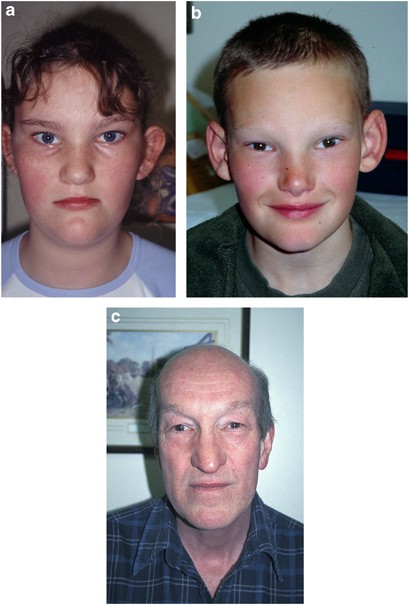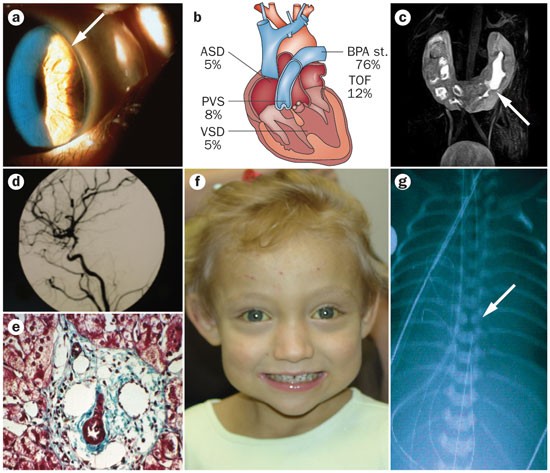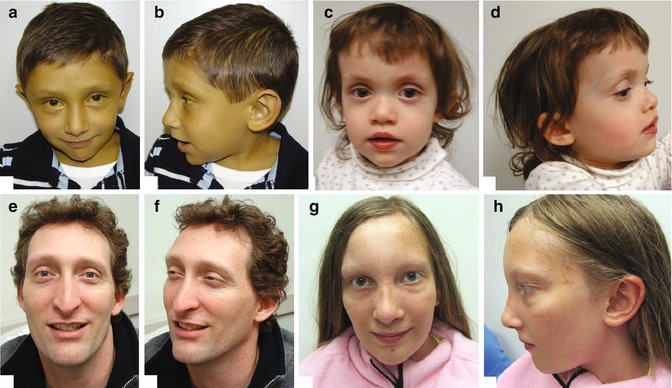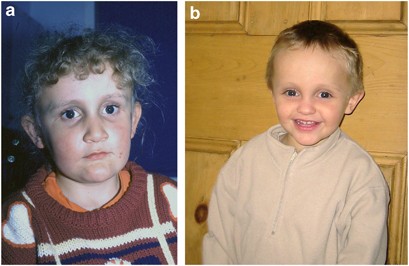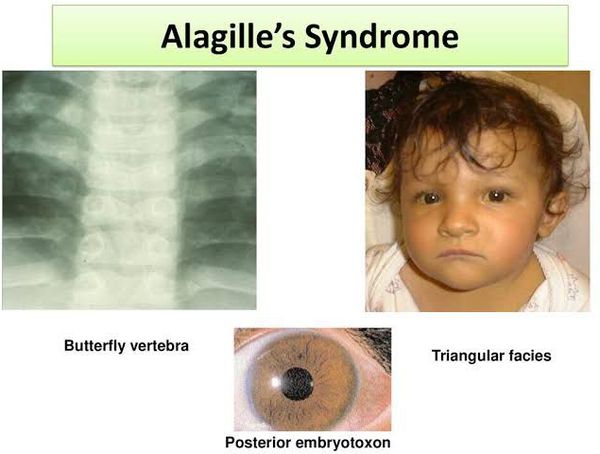Alagille Syndrome Facies

One of the major features of alagille syndrome is liver damage caused by abnormalities in the bile ducts.
Alagille syndrome facies. In the majority of cases of alagille syndrome there are changes or mutations in the dna sequence that makes up the jagged1 gene. The facial dysmorphism described in ags consists of a prominent forehead deep set eyes that may appear or be hyperteloric a straight nose with a flattened tip and a prominent and in some cases pointed chin. However individuals with mild liver involvement may not be diagnosed until later in life. Alagille syndrome is a genetic disorder that may affect many different parts of the body including the liver heart eyes face skeleton blood vessels and kidneys.
Alagille syndrome is a rare multisystem disorder affecting the liver heart vertebrae eyes and face. The disorder is inherited in an autosomal dominant pattern and the estimated prevalence of alagille syndrome is 1 in every 100 000 live births. A main finding of alagille syndrome is liver disease that often becomes apparent within the first three months of life. Collapse section alagille syndrome is a genetic disorder that can affect the liver heart and other parts of the body.
Alagille syndrome as is an autosomal dominant disorder omim 118450 associated with abnormalities of the liver heart skeleton eye and kidneys and a characteristic facial appearance. Problems associated with the disorder generally become evident in infancy or early childhood. Alagille syndrome is a genetic disorder that affects primarily the liver and the heart. Alagille syndrome ags omim 118450 is a complex dominantly inherited multisystem disorder involving the liver heart eyes facies skeleton and other systems.
In 3 to 5 percent of cases the entire gene is deleted missing from one copy of chromosome 20. It is named after the french pediatrician daniel alagille who first described the condition in 1969. The most common eye finding is an extra circular line on the surface of the eye called a posterior embryotoxon that can be detected during a specialized eye examination. Alagille syndrome can be associated with abnormalities of the liver heart eyes skeleton kidneys and other organ systems of the body.
Eye abnormalities are common in alagille syndrome but for the most part do not require treatment and do not cause vision loss. A person with alagille syndrome has fewer than the normal number of small bile ducts inside the liver. Alagille syndrome shares multiple phenotypic variants of other congenital or chronic childhood illnesses such as digeorge syndrome down syndrome spina bifida type 1 diabetes mellitus and cystic fibrosis. Calcium deficiency and other features of alagille syndrome can also lead to poor growth abnormally shaped bones and increased risk of broken bones.



